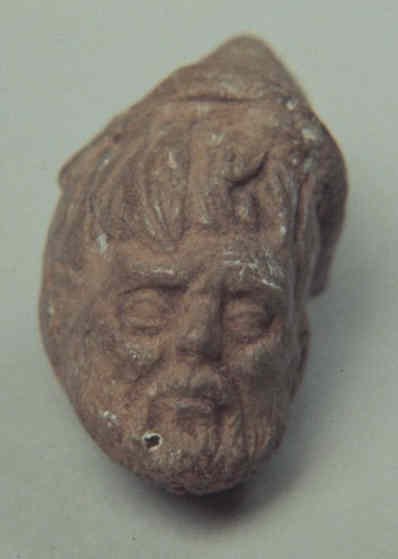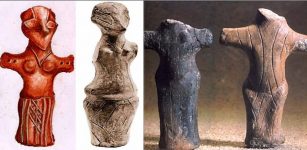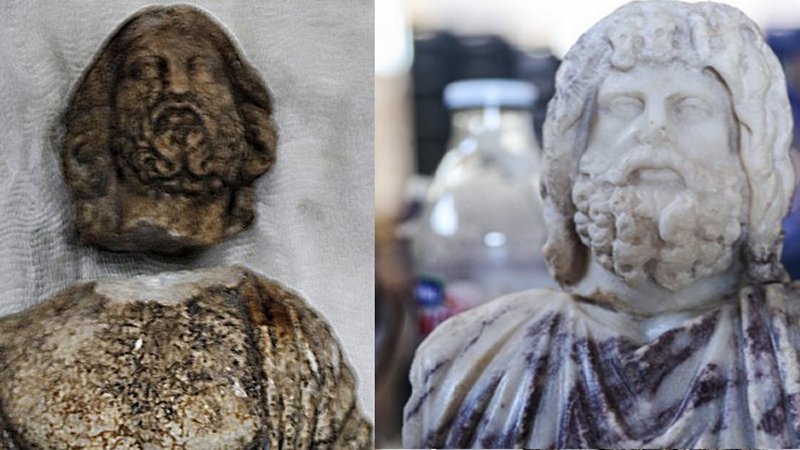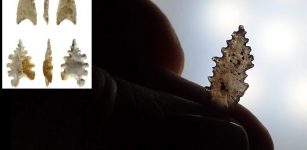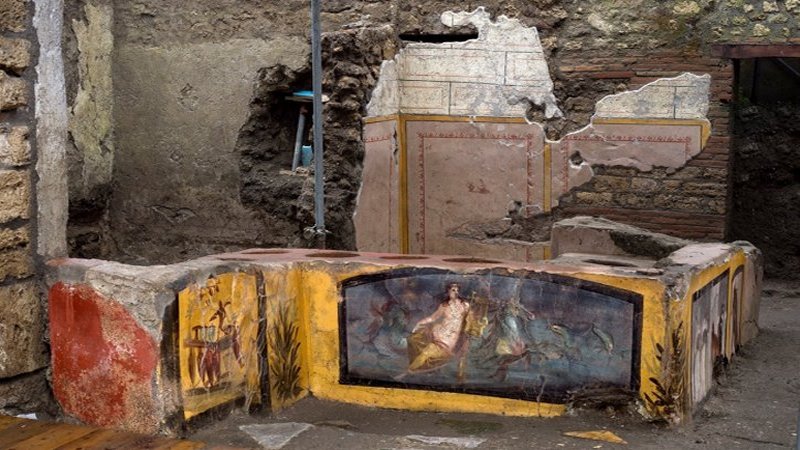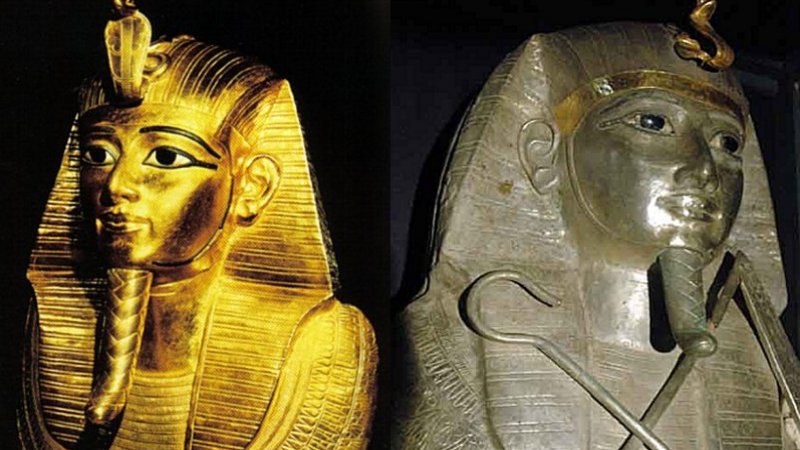Mysterious Tecaxic-Calixtlahuaca Head: Evidence For Ancient Trans-Oceanic Contact?
MessageToEagle.com – The Pre-Columbian transoceanic contact hypothesis has been widely debated in the scientific community.
There are some artifacts that strongly suggest people visited America long before Columbus.
One of the most trustworthy artifacts proving the case is the small Tecaxic-Calixtlahuaca head of supposed Roman origin found in Mexico back in 1933.
In 1933, archaeologist José García Payón discovered a small head with “foreign” features in a burial at Calixtlahuaca, in the Toluca Valley about 60 km. west of Mexico City.
The burial was under two undisturbed cemented floors that antedated the destruction of Calixtlahuaca by the Aztecs in AD 1510.
Numerous cultural pieces found with the head were identified by García Payón as belonging to the Azteco-Matlatzinca period of 1476-1510. Cortez did not land at Veracruz until 1519, and did not conquer the Aztecs until 1521, so that central Mexico was still pre-Hispanic in 1510.
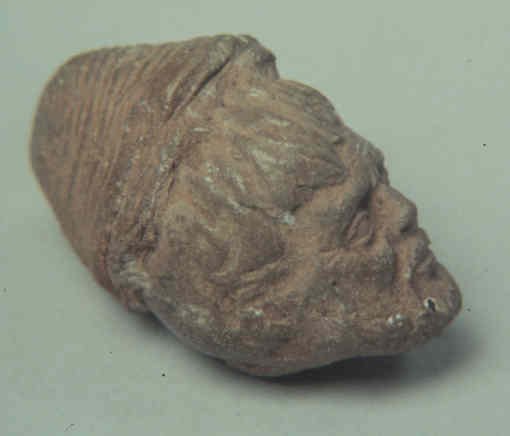
In 1961, the Austrian anthropologist Robert Heine-Geldern examined the head and declared that it derived “unquestionably” from the Hellenistic-Roman school of art.
He found that its “distinctive Naturalism” suggested a date “around AD 200.” Heine-Geldern was an expert on South-East Asia, but he reported in a communication quoted by García Payón (1961) that his view that it was Roman from circa AD 200 had been confirmed by Prof. Boehringer, then president of the German Archaeological Institute.
The head was then largely forgotten until 1990, when archaeology student Romeo Hristov began a search for it. Two and a half years later, he located it in storage in the National Museum of Anthropology in Mexico City, misclassified as Colonial.
In an interview in one of the leading Italian newspapers, prompted by the Hristov and Genovés paper, Prof. Bernard Andreae, the current director of the German Archaeological Institute in Rome, gave his opinion of the head: “It is Roman without any doubt… The stylistic examination tells us, more precisely, that it is a Roman work of the second century after Christ. It presents, in the cut of the hair and the shape of the beard, traits typical of the Severian emperors, exactly the ‘fashion’ of the period.
See also:
Magnificent Pyramid Of The Magician – The Tallest Structure In Ancient City Of Uxmal
Evidence Of Pulque God Discovered In Tlaxcala, East-Central Mexico
Does The Newly Discovered Tunnel-Like Passageway Lead To Aztec Ruler’s Tomb?
The Forschungstelle Archäometrie at the Max-Planck-Institut für Kernphysik in Heidelberg, Germany, has performed a thermoluminscence (TL) test on material from the head to determine the time that has elapsed since its manufacture. Technical difficulties prevented the determination of a precise TL date, but the lab did conclude that “the figurine has an apparent TL age range of between 730 years and 2880 years.”
So, it seems that the mysterious Tecaxic-Calixtlahuaca head could be considered one fo the best evidence for ancient trans-Oceanic contact and Columbus was by no means the first to visit the continent across the seas.
MessageToEagle.com

